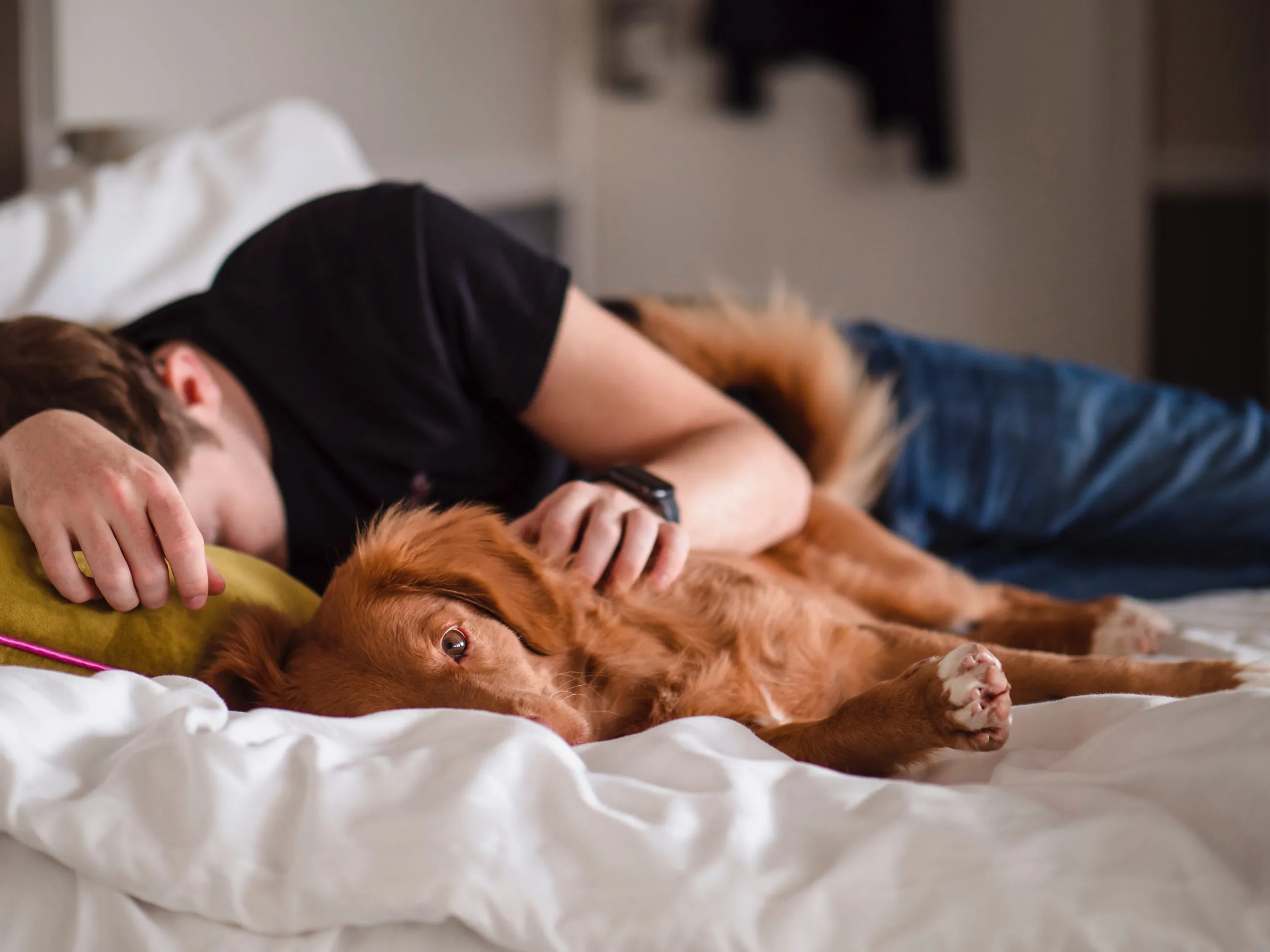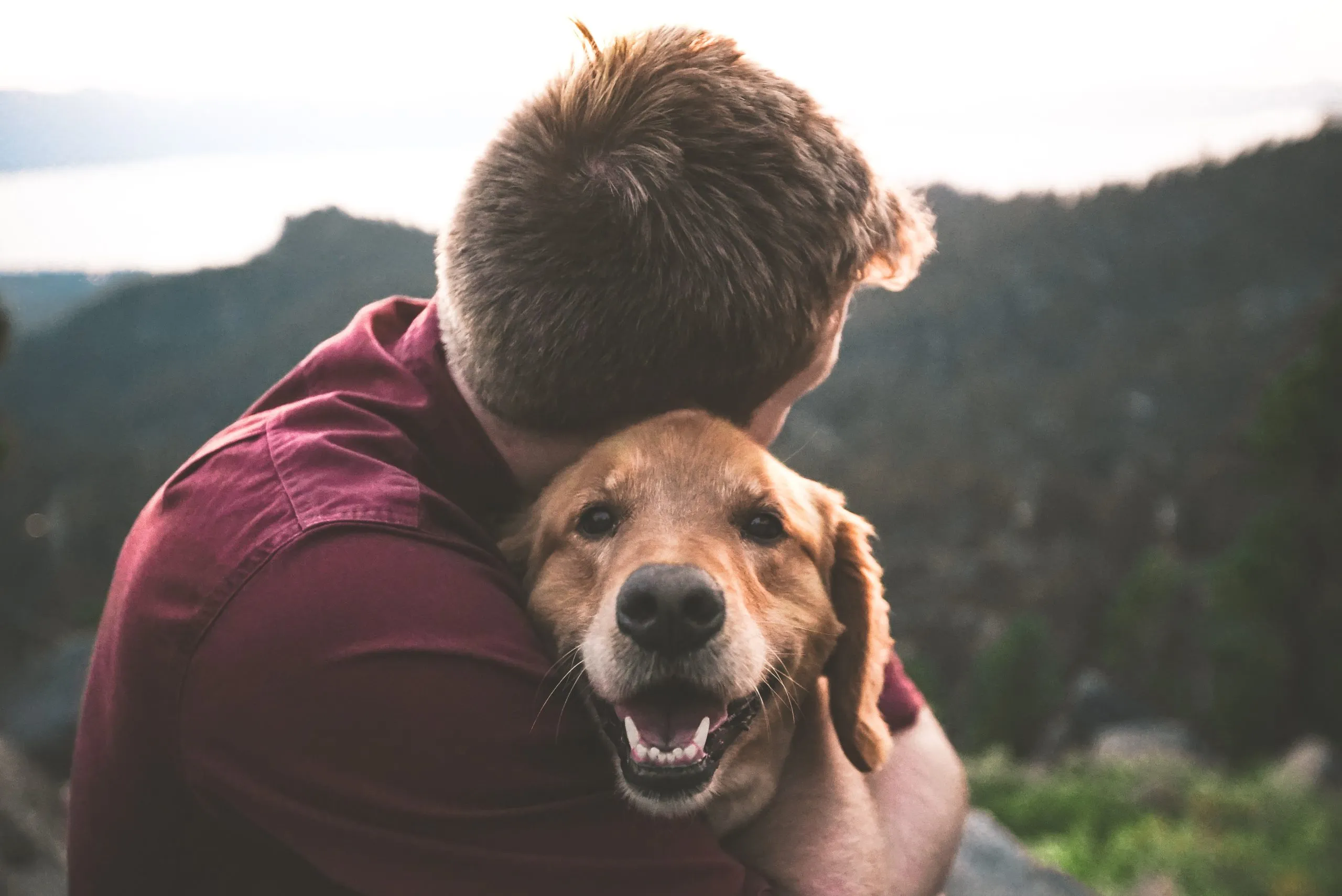Living with Type 1 Diabetes presents ongoing challenges in managing blood sugar levels, even with advanced technology like insulin pumps and continuous glucose monitors. While these tools are invaluable, they can sometimes fail or give inaccurate readings, leading to anxious moments. This uncertainty often prompts individuals and their loved ones to seek additional, reliable methods of support. One remarkable solution gaining recognition is training a dog to detect low blood sugar episodes.
Dogs possess an extraordinary sense of smell, estimated to be about 40 times greater than that of humans. This exceptional olfactory ability allows service dogs to be trained globally to recognize the subtle scent changes associated with drops in blood sugar. These incredible canine companions can often detect the onset of an episode 15-30 minutes before symptoms appear or even before a blood glucose meter registers a change, providing crucial early warnings. While purchasing an already trained service dog can be a significant financial investment, training your own puppy offers a cost-effective and deeply rewarding alternative, though it may take six months to a year depending on the dog’s learning pace and your dedication. This journey also builds a profound bond, much like mastering other basic obedience skills to foster a well-behaved companion. [cite:https://dogcarestory.com/how-to-potty-train-a-rescue-dog/] The key to success lies in patience and consistent positive reinforcement, never resorting to negative methods.
The Power of a Dog’s Nose for Diabetes Detection
The efficacy of diabetic alert dogs (DADs) stems from their unparalleled sense of smell. They are trained to identify specific volatile organic compounds released by the human body during hypoglycemic (low blood sugar) events. This unique capability transforms them into living, breathing alerts, offering a layer of security that technology alone cannot always provide. For individuals managing diabetes, having a dog that can proactively signal a dangerous blood sugar drop can dramatically improve quality of life, reduce anxiety, and prevent potentially severe health complications. The commitment to training not only yields a life-saving companion but also a deeply empathetic partner.
Getting Started: Patience and Positive Reinforcement
Embarking on the journey to train your dog for diabetes detection requires a foundation of patience, consistency, and positive reinforcement. Just like with addressing common behavior issues, a positive approach builds trust and encourages your dog to learn enthusiastically. [cite:https://dogcarestory.com/how-to-correct-a-dog-that-pulls-on-a-leash/] This specialized training builds upon basic obedience, so ensure your dog has a solid grasp of fundamental commands. The process might be meticulous, but the step-by-step approach is designed to be straightforward and accessible for dedicated owners. Remember, your dog is eager to please, and positive reinforcement strengthens their desire to learn and perform tasks.
 Man laying in bed with dog, illustrating companionship and support
Man laying in bed with dog, illustrating companionship and support
Step-by-Step Guide to Scent Training Your Diabetic Alert Dog
Step 1: Obtain a Low Blood Sugar Saliva Sample
The first crucial step is to gather a saliva sample from the diabetic individual when their blood sugar is low, ideally around 70 mg/dL. Use clean cotton balls to collect these samples. These “lows” are key for your dog to learn the specific scent associated with hypoglycemia.
Step 2: Prepare the Scent Sample for Training
Place the low blood sugar sample-infused cotton balls in a bowl. Cover the bowl with a mesh colander. This setup protects the cotton balls from being eaten while allowing the distinct scent to pass through, making it accessible for your puppy’s sensitive nose.
Step 3: Introduce Your Puppy to the Scent
Present the prepared bowl to your puppy. Allow them to approach and investigate the scent at their own pace. The goal here is simply to familiarize them with the specific odor of low blood sugar. This initial introduction is about curiosity and gentle exploration.
Step 4: Reward for Scent Recognition
When your puppy investigates the scent, perhaps by putting their nose into the colander, immediately provide a high-value food treat directly into the colander. This creates a strong positive association: “smelling this specific scent equals a delicious reward.” Repeat this frequently to solidify the association.
 Boy and golden dog interacting, showing a positive training environment
Boy and golden dog interacting, showing a positive training environment
Step 5: Begin Scent Locating Exercises
As your puppy becomes more adept at recognizing the scent, start moving the bowl to different, easily accessible locations around the training area or house. The puppy will learn to seek out the scent rather than just react to it when presented. This teaches them to actively locate the source of the smell.
Step 6: Advance to Hidden Scent Challenges
Once your puppy reliably locates the scent in various places, increase the difficulty. Place the cotton balls in smaller containers and hide them in more challenging locations throughout the house. Each time the puppy successfully finds the hidden scent, reward them generously. This stage refines their scent detection and problem-solving skills.
Step 7: Introduce an Alert Signal
At this point, your dog needs to learn how to communicate to you that they’ve detected the low blood sugar scent. This is where you introduce a specific signal or alert. This could be a nudge, a pawing motion, or even a specialized action like teaching specific alerts such as ringing a bell. [cite:https://dogcarestory.com/bell-for-dog-to-ring-to-go-out/]
Step 8: Associate Scent with the Alert
First, teach the alert signal on command. Then, perform the command when your dog locates a low blood sugar sample. Over time, gradually remove the command, so the alert becomes an automatic response to the detection of the low blood sugar scent. This final stage solidifies the practical application of their training.
Personal Experience and the Path to Certification
Our own journey training our eight-month-old puppy has been incredibly rewarding. She has shown remarkable progress, particularly in locating the scent bowl around the house, despite the initial challenge of keeping her from eating the cotton balls! Her excitement for special treats keeps her engaged and motivated. This personal experience underscores the value of patience and focus in achieving successful results, emphasizing the long-term commitment and understanding your dog’s needs throughout their life. [cite:https://dogcarestory.com/separation-anxiety-in-old-dogs/]
It’s important to remember that service dogs trained to detect low blood sugar levels typically require official certification. They also often undergo regular recertification checks to ensure both the dog and handler maintain effective teamwork. Before you begin training, be sure to research the specific certification requirements and available assistance in your local area to ensure your dedicated companion can provide the official support needed.
In conclusion, training your dog to detect diabetes can be a life-changing endeavor, offering invaluable assistance and companionship. With dedication, positive reinforcement, and a structured approach, you can harness your dog’s incredible natural abilities to create a diabetic alert dog that provides peace of mind and enhanced safety.
References
- “How Powerful Is a Dog’s Nose?” Phoenix Veterinary Center, phoenixvetcenter.com/blog/214731-how-powerful-is-a-dogs-nose.
- “Detect Low Blood Sugar.” WagWalking, wagwalking.com/training/detect-low-blood-sugar.
